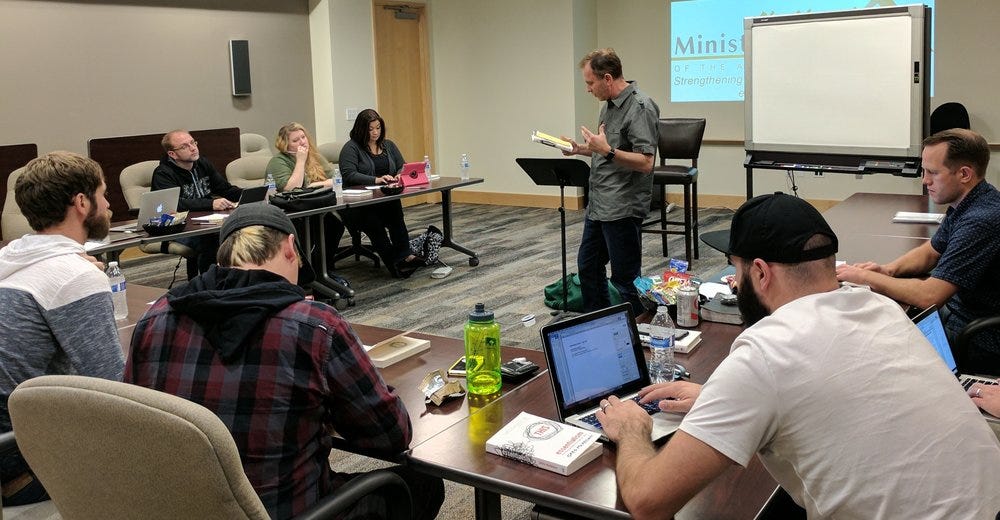Why Groups Might be the Key to Unlocking Organizational Change
What is Group Level Change?
One of the most important levels of change within an organization takes places within the group. Also referred to as a task, or work group, these smaller cohorts serve as, “the context and locus for the interface between the individual and organization, primary social relationships… and determination of the employee’s sense of organizational reality” (Burke, 2013, pp. 114–115). Group level change is the ability for a cohort of team members to think and behave differently within an organization. If it's something you have never thought about before, you may want to consider a better way to help your organization grow.
What Group Level Change Involves
Mission-Thinking
“One of the most important levels of change within an organization takes places within the group.”
Group level change is different from organizational change because it interfaces directly with the individual (Burke, 2013). This requires a more personal approach to change and begins with a shared goal or mission (Rubin & Beckhard, 1972). The shared goal helps establish a unified vision of the future and helps align the work efforts of the team (Stanley, 2006).
Team Awareness
A second aspect of what group level change involves is that of group awareness. Groups possess the greatest integrity as interdependent units. They function as teams when they learn how to rely on each other and the strengths of the individual. In order for groups to function most effectively, they must develop, “a working knowledge of each other’s potential contribution to managing a particular problem and a willingness to share that knowledge within a team or a collaborative group” (Parsell, Spalding, & Bligh, 1998, p. 305). This problem-solving ability is dependent on group-awareness. Burke (2013) suggests that group awareness may be enhanced through a variety of team-building exercises which enhance the ability to set goals, analyze work performance, examine group functionality, and examine interpersonal relationships.
Healthy Competition
Another interesting aspect of group strengthen may be found in group competition. Research by Sheridan and Williams (2011) describe how constructive competition may enhance the performance of certain groups as they learn together. The competitive nature of team cooperation is a common aspect of western society and can be utilized to fuel greater gains in group functionality.
Your Groups
It is likely that you serve on a variety of groups or teams. It is possible that you lead a few of these groups as well. Consider how well your team defines what they are about (mission), knows each other, and competes to win. Your small cohort could be the key to unlocking greater change within your organization.
Burke, W. W. (2013). Organization change: Theory and practice (4 edition). SAGE Publications, Inc.
Parsell, G., Spalding, R., & Bligh, J. (1998). Shared goals, shared learning: evaluation of a multiprofessional course for undergraduate students. Medical Education, 32(3), 304–311.
Rubin, I. M., & Beckhard, R. (1972). Factors influencing the effectiveness of health teams. The Milbank Memorial Fund Quarterly, 50(3), 317. https://doi.org/10.2307/3349352
Sheridan, S., & Williams, P. (2011). Developing individual goals, shared goals, and the goals of others: Dimensions of constructive competition in learning contexts. Scandinavian Journal of Educational Research, 55(2), 145–164. https://doi.org/10.1080/00313831.2011.554694
Stanley, A. (2006). Next Generation Leader: 5 Essentials for Those Who Will Shape the Future (Assumed First edition). Sisters, Ore.: Multnomah Books.


